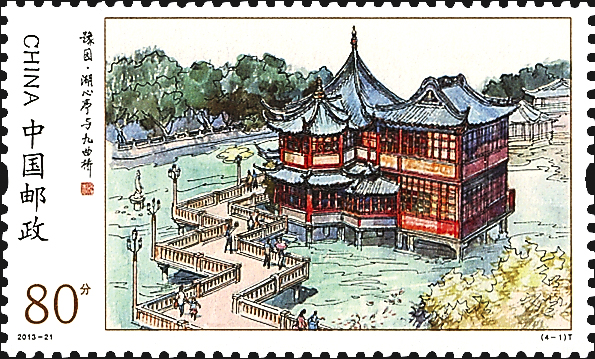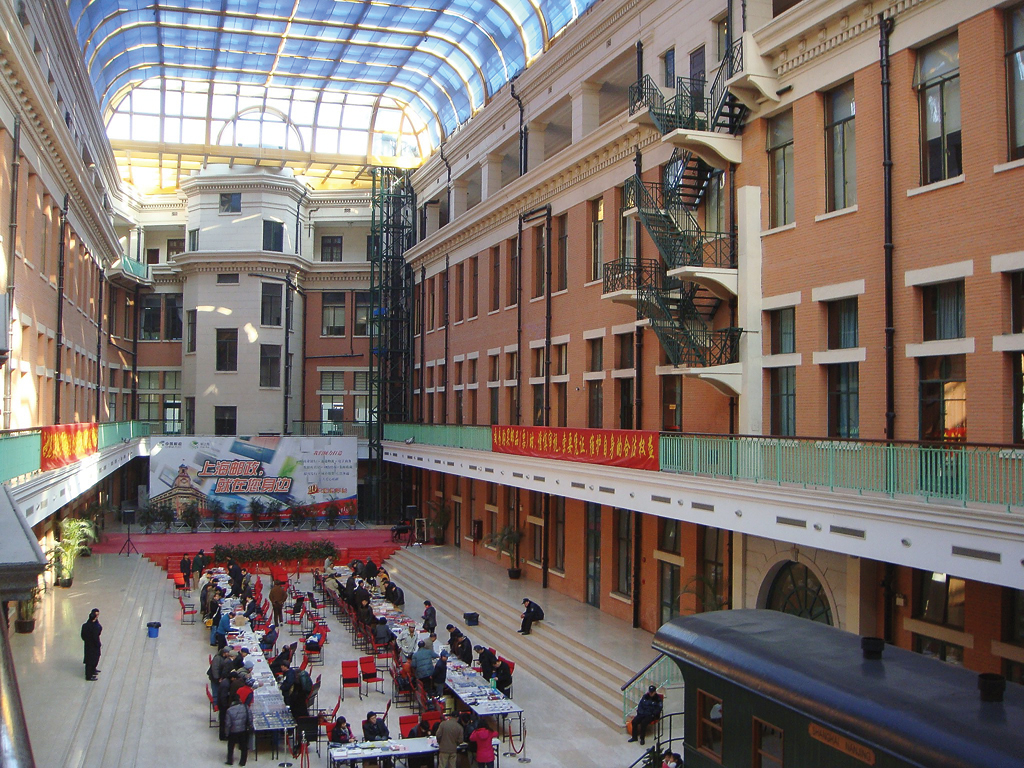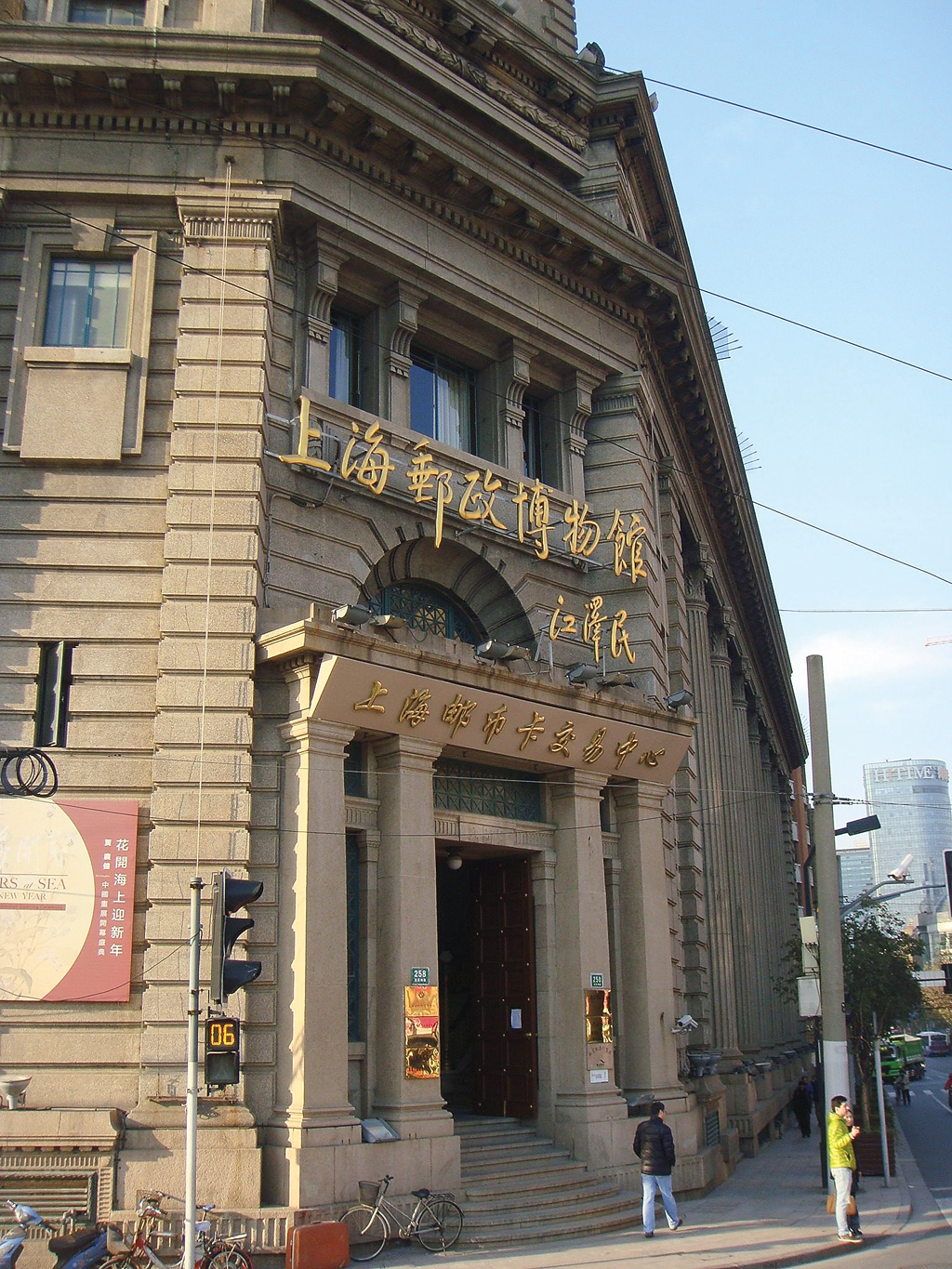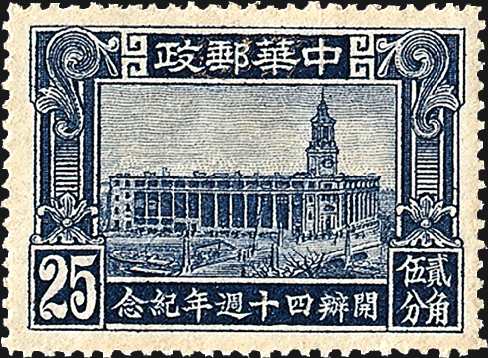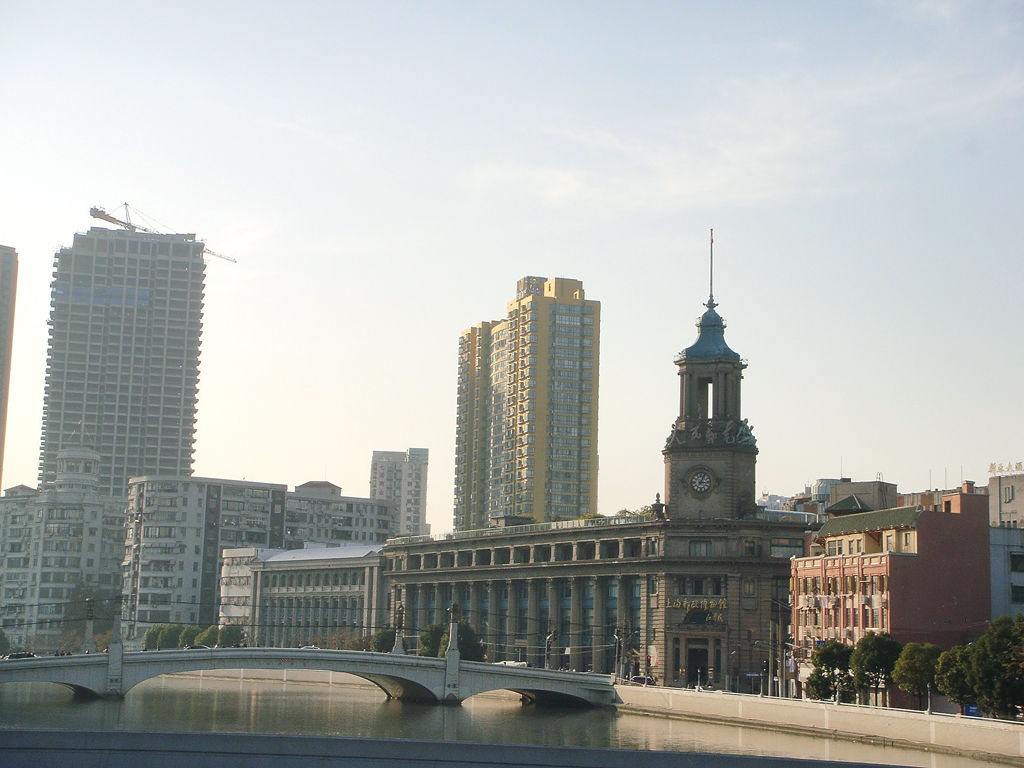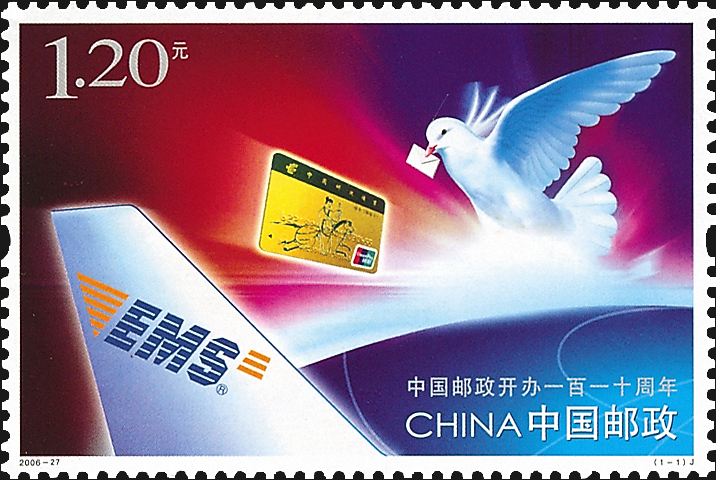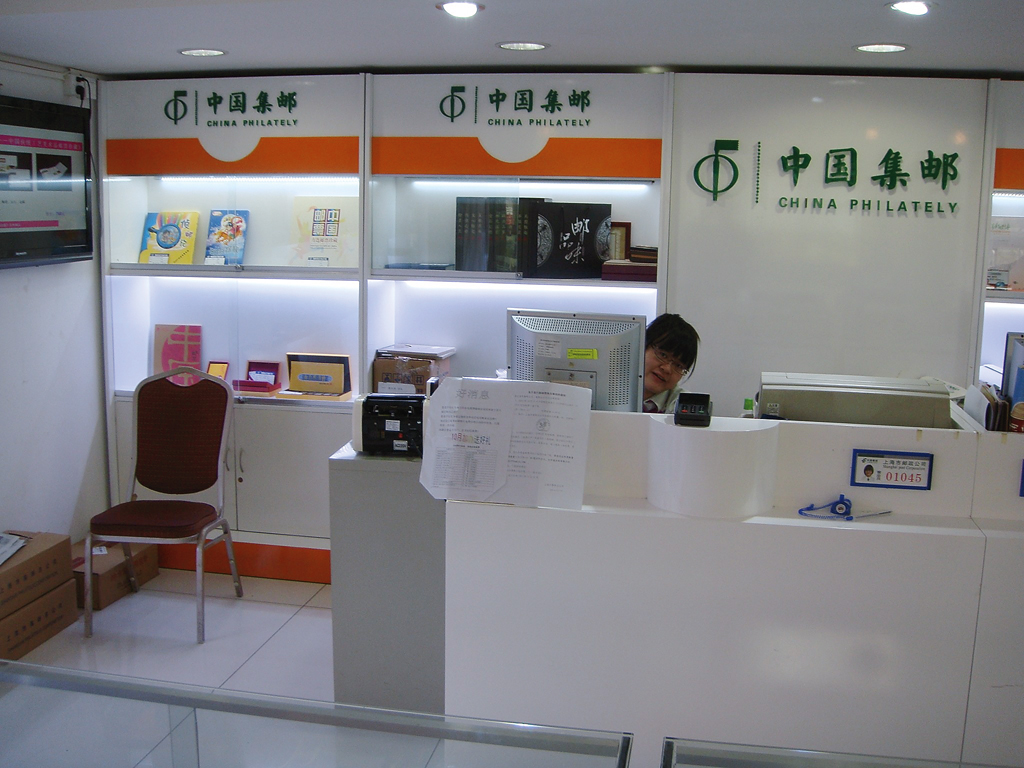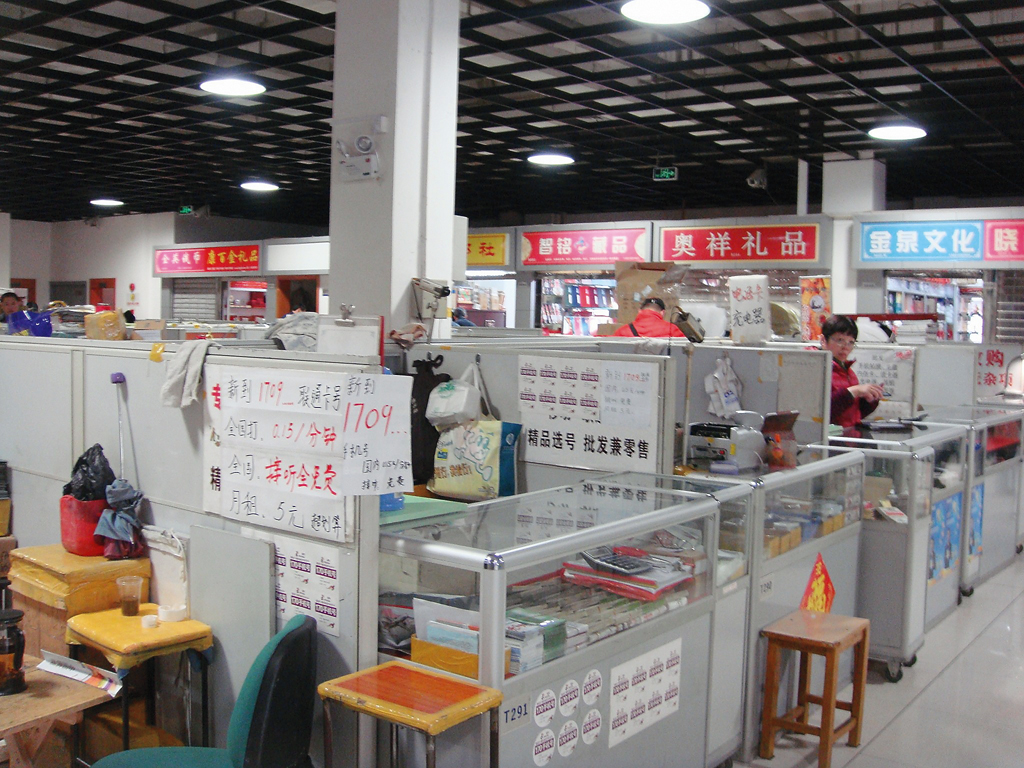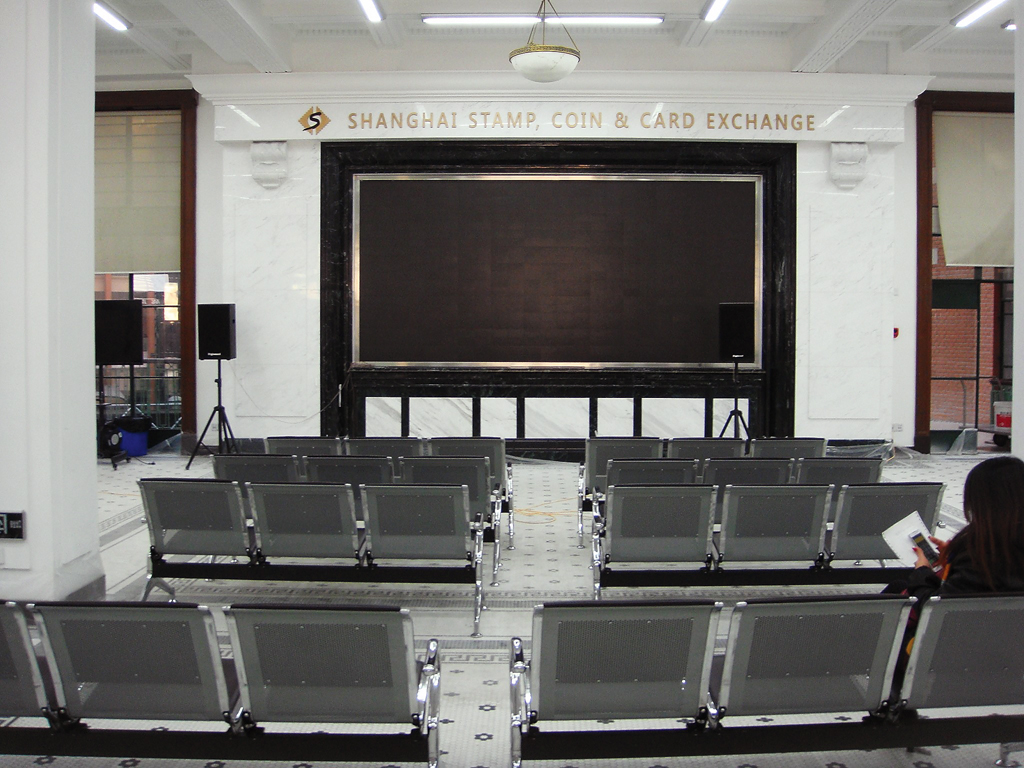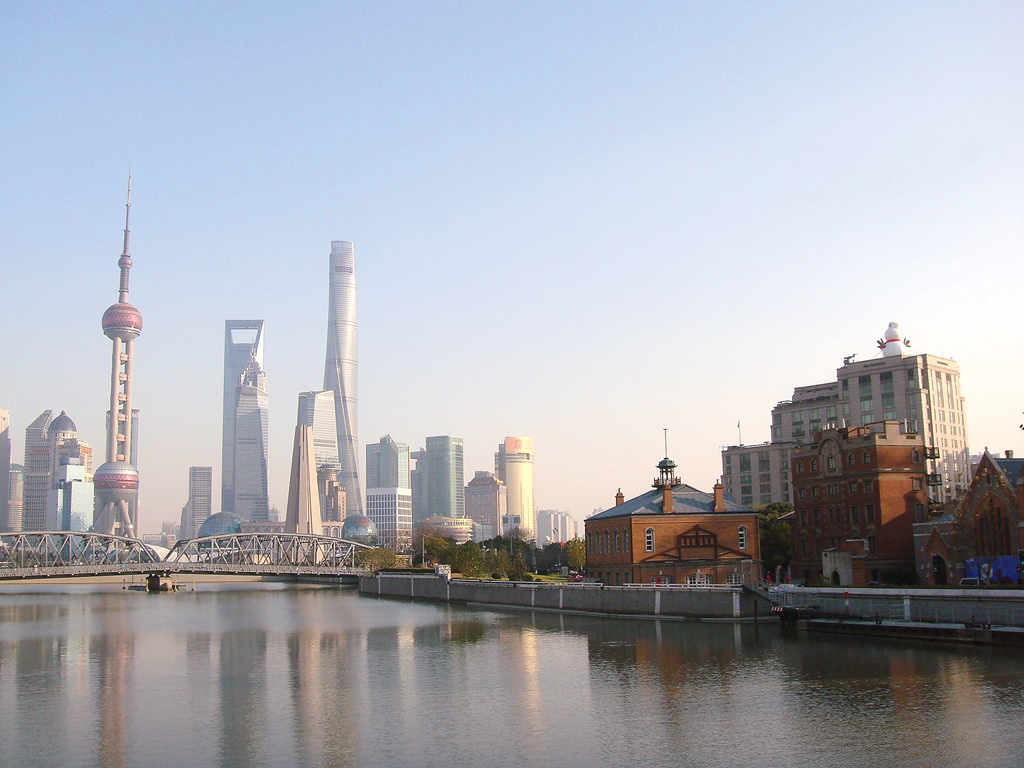World Stamps
Stamp quest for travelers: a philatelic tour of Shanghai
As the largest city in the People’s Republic of China, Shanghai attracts great attention from business travelers and tourists.
Shanghai is also on the map for Chinese stamp collectors and investors.
During my recent business trips to this city, I visited local philatelic places and witnessed the vibrant stamp market first hand. I want to share my stamp adventures with my fellow collectors.
The China Philately Store in Shanghai is located at the heart of Fuzhou Road, a busy shopping street dominated by bookstores and stationery shops. It is the only branch retail store of the China National Philatelic Corporation, the state-run philatelic bureau.
The store is not far from the famous riverfront, known as the Bund, with historic western-style bank buildings. It is within easy walking distance from the Bund and Nanjing East Road, the busiest pedestrian shopping street in China.
On your way to the philatelic shop, it is interesting to meander around the historic Puxi, west of Huangpu River in downtown Shanghai.
Inside the store is a display of thematic stamp books and yearbooks for sale. Individual mint sets are not offered. To receive those, you must have a standing-order account for the year.
This philatelic store is one of several outlets where standing-order customers can pick up their stamps. They are sold at face value and only through subscription.
Around December of each year, foreign nationals also can subscribe to new issues for the coming year using their passports. The stamps must be picked up in person during the year or at the end of the subscription year.
Some thematic stamp books and a few first-day covers produced by the China National Philatelic Corporation are for sale. Retail prices are determined by China Post at the national level. They are sold for far more than the face value of the stamps included.
China Post regulates the new issue stamp market by controlling the prices and flow of desirable items. For example, mint panes of 16 or 20 of new issues are not available for sale anywhere other than through lottery subscription and in thematic books. Panes can be obtained in the stamp markets in bulk quantities, but they are typically torn on the edges, as if they were prepared for sale in blocks of four. Consequently, there are not many undamaged full mint panes available. In this way, the postal administration tightly controls the stamp market.
New thematic books contain new issues as well as older stamp issues with similar themes. Occasionally the older issues date as far back as 1970s.
These books are sold for far more than the market value of the stamps they contain. I wonder if the older issues are really China Post stock remaining from decades ago, or if they were reacquired by China Post from stamp dealers.
China Post advertises that all stamps sold by the postal administration are genuine. Forgeries of many Chinese stamps are commonly sold in markets.
The Shanghai Postal Museum & Shanghai Stamp Coin Card Exchange is located at 333 Fuzhou Road. The phone number is 021-63733978. It is about a 20-minute walk from the store on Fuzhou Road.
Located inside the historic and still-functioning Shanghai General Post Office building, which was built in 1933, the museum’s setting is very similar to our the National Postal Museum in Washington, D.C. However, the exhibition space is smaller, with a one-way viewing line, or queue.
The philatelic exhibit is also very small. It includes some notable classic stamps, a few frames of unusual stamps, stamps related to Shanghai, and a darkened room containing rare Chinese stamps. It takes about 20 to 30 minutes to go through the exhibition.
I visited the postal museum during each of my recent travels to Shanghai. During the last few visits, I went straight to view the rare stamps, as those are of the most interest to me.
There is a sales counter in the museum lobby comparable to the China Philately Store, with similar philatelic products for sale. I learned that this counter is operated by the Shanghai Stamp Co., which is state owned but which operates at the municipal level.
In China, these stamp companies help distribute new issues through the standing-order system. They also sell nationally issued stamps in books with themes related to Shanghai. For example, in 2013 China Post issued a set of Yu Yuan Garden stamps commemorating one of the main tourist attractions in Shanghai. For this issue, Shanghai Stamp Co. produced a set of maximum cards, FDCs and a thematic book.
These are only available through branches of the Shanghai Stamp Co. I find it interesting that different thematic books are issued by both the China National Philatelic Corporation and local stamp companies.
During my last visit, I saw the Stamp, Coin, and Card Exchange sector inside the museum. It is located in the lobby of the Shanghai General Post Office historic building. The exchange hall is similar to a stock exchange, with rows of seats facing a large monitor screen.
The Chinese stamp market is vibrant, with prices fluctuating daily. During my visit on a Saturday, the exchange hall was not active. However, there is a weekend stamp bourse with part-time dealers operating temporary booths in the newly renovated atrium.
The Shanghai Stamp Co. has a booth selling some of its philatelic products at the stamp market. Other booths are occupied by private stamp dealers. The dealers look more like collectors, and they are very different from the professional dealers at the Lugong Stamp Market. They offer mostly one-of-a-kind stamp and cover albums containing collections.
One collector-dealer’s booth caught my eye because he had several albums of thematic maximum cards for sale. Many of them were self-serviced maximum cards, which are very attractive and not often found.
As one of the leading Chinese stamp markets, the Lugong Stamp and Coin Market, located at 250 North Suzhou Road, Shanghai, is a fascinating place. It is open Wednesday, Thursday, Saturday, and Sunday from 9 a.m. to 5 p.m. The location is on the south side of center city Shanghai, about a 10- to 15-minute walk from Metro Line 8, Xizang South Road Station.
Housed in a two-story freestanding building, it boasts literally hundreds of philatelic and numismatic booths laid out in an open plan. The majority of the dealers carry bulk quantities of recent issues of stamps, miniature sheets, souvenir sheets and some older Chinese stamps.
My impression of the market is that it is mainly for bulk quantity trading by wholesale dealers and investors. It does not cater to individual stamp collectors. The market price fluctuates daily, much like the stock market. Each stamp dealer follows the market prices closely in setting his prices. These dealers also buy stamps at market prices, minus the profit margin.
It is important to know what to look for when shopping at a stamp market. Older issues are harder to find, so don’t be disappointed by their absence. Most dealers only carry Chinese stamps. Stamps are mostly sold at retail prices rather than as lots or collections at a discount.
New stamp issues are not usually available at regular post offices, but are distributed through philatelic stores. Post offices mostly sell definitive stamps for routine mailing use. They occasionally stock a few commemoratives but rarely complete sets.
I noticed that many post offices in large cities now have a philatelic counter with display cases selling FDCs and thematic books. They don’t offer yearly subscriptions to new issues, but they do sell the high-priced thematic books. I rarely see people inquiring or buying from these philatelic counters.
Chinese stamps are very popular with collectors worldwide, both within and without the Chinese diaspora. Chinese stamps from all periods, including recent issues, are much sought after, and the market prices have risen exponentially in recent years.
As a collector of Chinese stamps for more than 25 years, I have observed the unique culture of Chinese stamp collecting, which is very different from other parts of the world. I’ve also noticed that stamp collecting is much more popular in China than it is in the United States. There are unquestionably more stamp investors in China than in America.
Here are few tips for stamp collectors looking for stamps in China:
1. Do the research for the items you want to purchase.
2. Know where to go for what you want to buy.
3. Don’t chase hot stamps when values are high. Buy low and sell high applies, especially with Chinese stamps.
4. Be knowledgeable of forgeries.
5. Look for trustworthy dealers with whom to build a relationship.
More from Linns.com:
Marketing officer Manabe to leave Postal Service
Survey result: Americans still love the U.S. Postal Service
New look for Russian ruble on stamps
From Me To You stamp for National Card and Letter Writing Month
Mauritius 1847 'Post Office' printing plate rediscovered
Keep up with all of Linns.com's news and insights by signing up for our free eNewsletters, liking us on Facebook, and following us on Twitter. We're also on Instagram!
MORE RELATED ARTICLES
Headlines
-
Postal Updates
Oct 7, 2024, 5 PMUSPS plans to raise postal rates five times in next three years
-
US Stamps
Oct 7, 2024, 3 PMMcMurtrie dismissed as APS education director following Sept. 21 arrest
-
US Stamps
Oct 7, 2024, 12 PMVasiliauskas named president of Mystic Stamp Co.
-
US Stamps
Oct 6, 2024, 5 PMApgar souvenir card available
